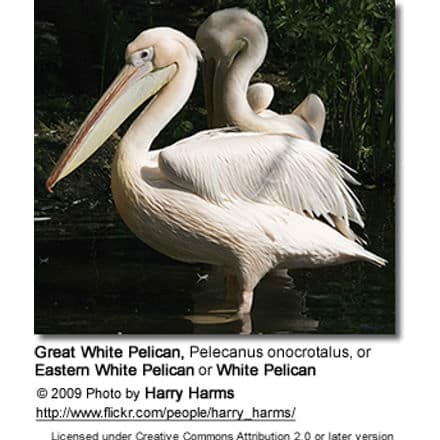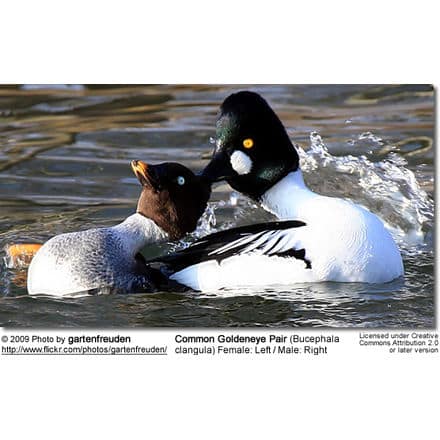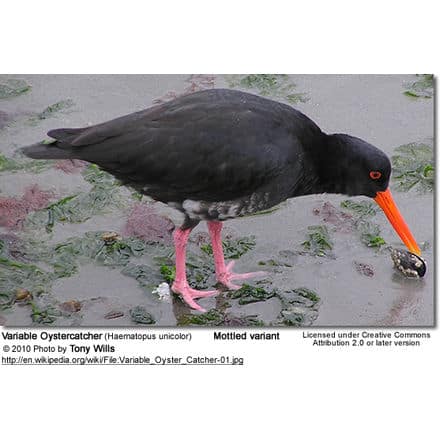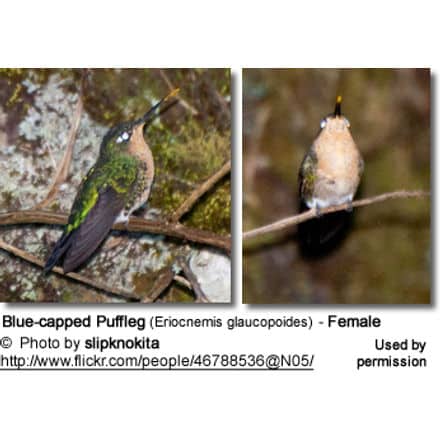White Pelicans aka Great White Pelicans
Great White Pelicans occur from Africa north to southeastern Europe through western Mongolia, Iraq, and northern India.
More than half of the Great Pelicans breed in the Danube Delta in Romania.
Vagrants have been photographed in the USA (a couple of photos of one such pelican spotted in Florida have been published on this page).
Those breeding in Eastern Europe to Kazakstan will generally move south to Africa through Iraq to north India after the breeding season.

In Africa, they are found anywhere other than the northern and central parts; where there are wintering colonies as well as sedentary (non-migratory) populations that occur south of the Sahara Desert in coastal and estuarine areas, as well as around large inland water bodies.
The largest wintering colony is found on Tanzania’s Lake Rukwa, with almost 75,000 birds.
They generally inhabit swamps and shallow freshwater and brackish lakes.
These pelicans are also commonly kept in private collections, zoos, or semi-wild colonies

Description
The large Great White Pelicans measure about 1.40 – 1.75 meters in length and have a wing span of 2.70 – 3.60 meters. They weigh between 5 and 10 kg.
The males are generally larger than the females and have longer bills that grow in a downward arc. The female’s bill is shorter and straighter. Males can also be identified by the tuft of feathers on the backside of their head.
The plumage is mostly white except for the black wing tips. The chest and the throat may be pinkish or yellowish, depending on the gender or breeding season. The bare facial patch of a breeding male is pinkish, whereas the female’s is orangey in color.
The upper bill has a darker line along the top whereas the lower bill looks like a yellow pouch. They have short, strong legs and fully webbed toes that enable them to propel in water and take off from the water surface. They are powerful fliers, flocks often traveling in V-formation.
Juveniles have grey plumage and dark wings.
Similar Species
The only other larger pelican species is the related Dalmatian Pelican; however, the Great White can be identified by its white plumage (rather than the greyish-white plumage of the Dalmatian Pelican). Their bare, pink facial patch around the eyes and pinkish legs are further identifying field marks.
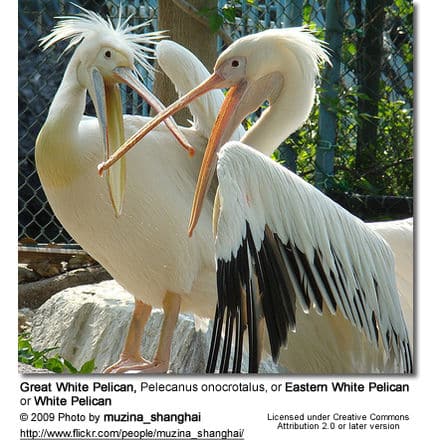
Breeding / Nesting
Great White Pelicans typically nest in colonies in swamps, on islands, or along shallow lakes. The nest is a crude heap of sticks, lined with grasses, down and soft vegetation, placed on the ground (in Africa) or on trees.
A nest may contain 2 – 4 chalky white eggs (mostly 2), each one weighing between 160 and 200 g. The eggs are incubated for about 29 – 36 days. Both parents care for the nestlings. The young fledge (fly) when they are about 10 – 12 weeks old.

Status / Conservation / Threats
Even though they are still relatively common, their numbers have been declining for several reasons:
- Overfishing in some areas
- Water pollution
- Loss of foraging habitat and breeding sites
- Human exploitation: They are also killed for their pouches, using them to make tobacco bags and their skins are turned into leather. The fat of juveniles is converted into oils for traditional medicine in China and India.
They are protected under the Agreement on the Conservation of African-Eurasian Migratory Waterbirds (AEWA).


